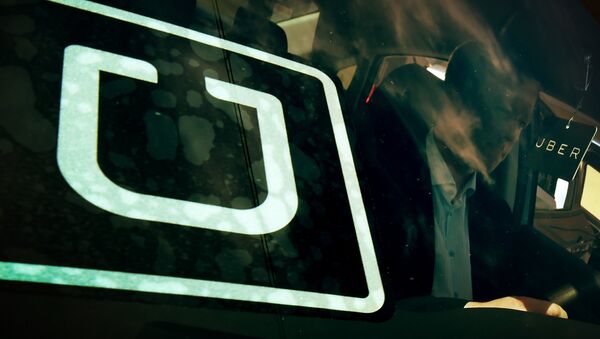Mark Moore, a NASA aeronautics engineer since the 1980s, has announced his new role as director of engineering at Uber's flying car initiative, Uber Elevate. Moore was chosen for the job due to his groundbreaking work on Vertical Takeoff and Landing (VTOL) technology.
'I can't think of another company in a stronger position to be the leader for this new ecosystem and make the urban electric VTOL market real," Moore said in a statement.
Moore argued in a 2010 paper published by NASA that small, personal aircraft that take off and land without extensive infrastructure could be made economically feasible with the use of VTOL technology. His work inspired Google co-founder Larry Page to fund the creation of two flying-car start-ups: Zee Arrow and Kitty Hawk.
Now Moore, in joining Uber, has gone over to Google's most prominent rival seeking to make the 20th century science-fiction staple a reality.
Uber has big plans for improving commute times and countering urban sprawl. A 2016 mission statement from the ride-sharing company evinces a future in which there is a "vertiport" every few blocks, a sort of miniature liftoff and landing point where passengers board, and debark from, a flying taxi. The airborne vehicles would be primarily automatic, but overseen by a human engineer.
In spite of this grand vision, and claims to implement pilot programs by 2025, Uber has not begun construction of a functional air cab. Many obstacles stand in the way of such technologies, including noise pollution, battery life, and, of course, cost. Uber is looking to Moore and his team to solve these, and many other challenges.
Naturally an enormous amount of red tape, including insurance and liability issues, must be cut through, according to Moore. Air traffic is heavily regulated in the United States, and coordinating thousands of flying cars in a coherent, reliable, and stable aerial traffic pattern above a major city is a significant logistical challenge.
Moore has been critical of NASA's approach to developing aviation markets. "It's the federal government who is best positioned to overcome extremely high levels of risks," he said. For this reason, and, arguably a healthy pay raise, he walked away from a sizable government pension to work for Uber.
Moore says he wants "to be in the right place at the right time to make this market real." Along with Uber Elevate and Google's twin start-ups, European aerospace manufacturer Airbus has entered the burgeoning market with its own start-up, Vahana.




